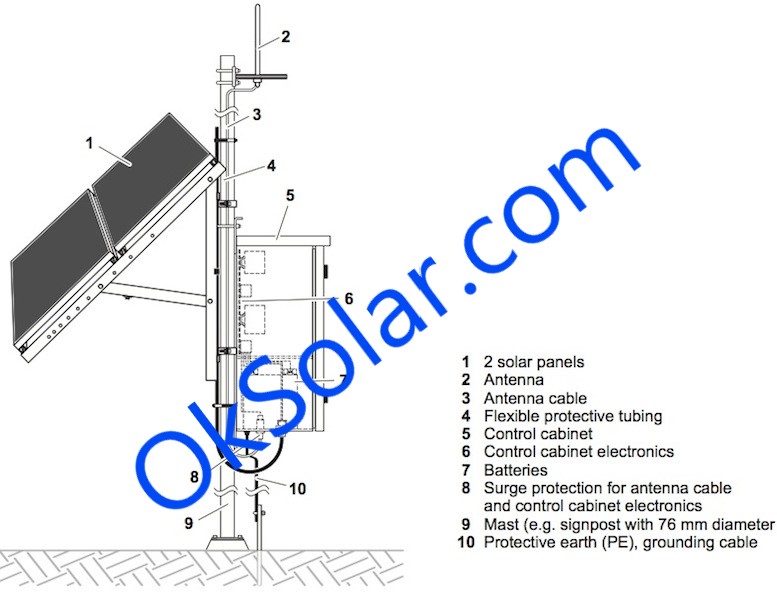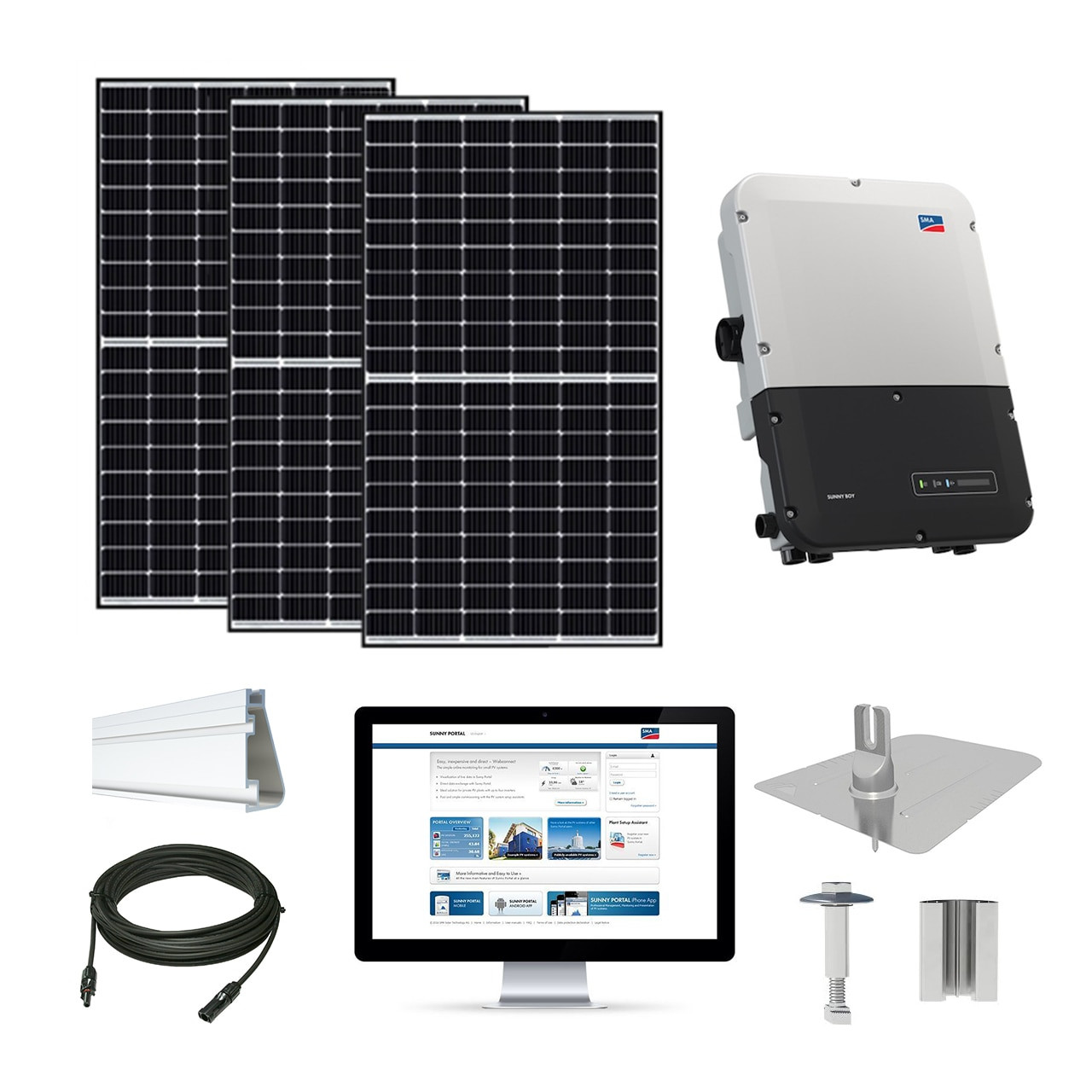Drawing from published case studies and their own extensive experience with solar panels o rourke and isyumov present recommendations that are compatible with snow load procedures in minimum design loads and associated criteria for buildings and other structures including the asce 7 load factors thermal slope and exposure and asce 7 load.
Asce 7 10 solar panels.
Recently asce 7 10 was published and has become the basis for the 2012 series of the international codes i codes.
For example asce 7 16 now clearly states that the weight of solar panels and their support are to be considered as dead loads 1 roof live loads need not be applied to areas covered by solar panels under a certain spacing or height 2 and seismic design is based on already established principles in section 13 3 for non structural component.
The spreadsheet is in imperial units.
Until all state building codes have transitioned to asce 7 10.
All calculators updated per latest asce guidelines.
In asce 7 16 there are two sections that cover rooftop solar panels.
Asce 7 10 seaoc solar panel program calculator.
Required 10 inch minimum distance from roof edge or ridge height above roof between 2 inches and 10 inches minimum gap of 0 25 inch between adjacent rows of panels in earlier version of ac 428 minimum gap was 0 75 inch.
Asce 7 16 new parallel to roof method 7khvh uhvxowv irup wkh edvlv iru wkh qhz ioxvk prxqw phwkrg.
Determining wind and snow loads for solar panels 2 u s.
Asce 7 10 with icc es ac 428 criteria physical constraints of ac 428 wind method.
Wind loads on rooftop photovoltaic panel systems installed parallel to roof planes joseph h.
Historic progression of wind calculations for solar 7khuh duh qr vrodu vshflilf surylvlrqv lq 6 ru lq.
Section 29 4 3 addresses buildings of all heights with a flat roof or gable hip roofs with a slight slope less than 7 degrees.
The design is in accordance with seaoc pv2 wind design for low profile solar photovoltaic arrays on flat roofs by structural engineers association of california and with asce 7 10 for solar photovoltaic arrays on pitched roofs like gable and hipped roof.
Model building codes have used asce 7 05 as the basis for several years which largely follows the design principles of allowable stress design.
With the introduction of the asce 7 10 there are two potential design principles used for calculating wind and snow loads for pv systems in the u s.
Asce 7 16 v2017 wind load calculators updated for instant download.
Cain p e consultant.
This paper will show how to calculate for wind and snow loads using both design principles.










